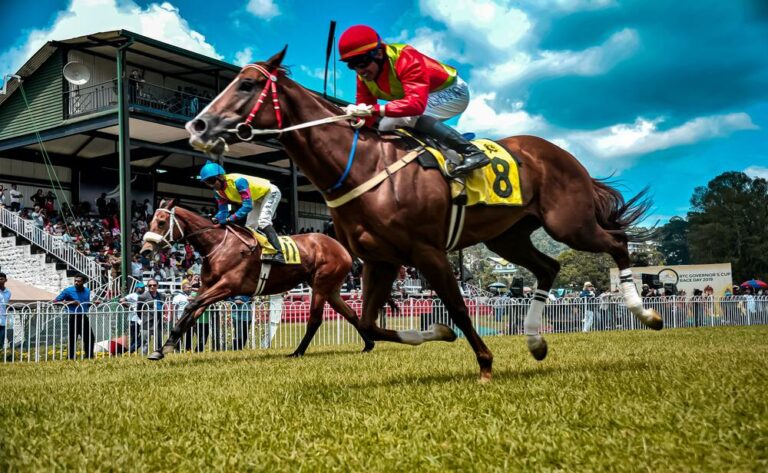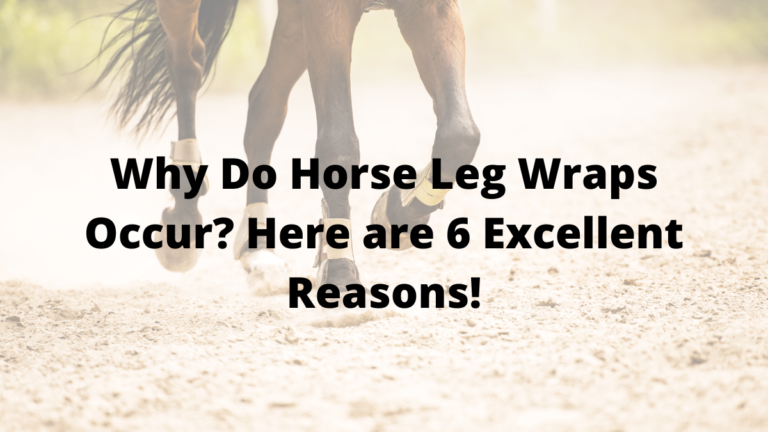In a race, some horses carry extra weights. Know the reason why?


The majority of entrants in a horse race have weights added. The amount of weight varies based on the weight allotted to each horse and the jockey’s size. But before we go any further, why do horses carry extra weight in a race?
Racehorses carry additional weights to reach the minimum weight required for a particular race. Weights are added to the horse to bring it up to the amount necessary it must have during its race if the jockey and his equipment weigh less than the weight assigned.
Different weights are sometimes applied to horses competing in the same race. Weight differences between horses in the same race are caused by several factors, many of which are obscure.
A horse must carry a certain weight during every race.
Each horse must carry a certain amount of weight during each race. Some entries are given more weight to level the playing field among contestants in a race.
For instance, a race’s rules might require all horses to carry 115 pounds, while the jockey only weighs 110. (including tack). To comply with the laws of the race in this instance, an additional 5 lbs. must be added.
The Jockey club, which oversees thoroughbred racing, assigns racehorses “weights” based on their performance. The range of weights represents the least to the heaviest weight a horse can carry during a race. Race weights typically range from 113 to 118 pounds.
Maintaining a jockey’s riding weight under 113 lbs is challenging. Because of the physical toll maintaining such a low body weight imposes on their health, riders have been urging track administrators for higher minimum weights for years.
Each track secretary fills out a condition book with the races for their season, starting with the “scale of weights” as a guideline. The condition book is a track’s schedule for forthcoming events; it typically contains one month’s worth of races.
Trainers of racehorses search the condition book for events to enter their horses in. The conditions for each race, including the weight the horses must carry, are listed in the condition book.
The age, performance history, and gender of the horses are all considerations that the racing secretary takes into account when determining weight. Horses three years old and younger, those with fewer victories, and mares are given lighter loads than their male counterparts.
New riders are permitted 5 pounds.
For the horses they ride, a weight allowance is provided to new jockeys (bug boys). Riders with fewer than 35 victories often receive a five lb. break.
The money for a race, the eligible horses, their ages, the distance, and the minimum number of victories for entry are all listed in the condition book. From the Churchhill Downs condition book, the following is copied:
$44,000 CLAIMING PURSE FOR FIFTH RACE. FOR AGE UPWARD THREE YEARS WHO HAVE NEVER WON TWO RACES. Three-year-olds weigh 122 lbs. older 125 pounds Races At A Mile Or Over Without A Victor. Since September 30, 2 lbs. Claim Price: $30,000, Allowable: 2 lbs. if For: $25,000 A MILE AND A SIXTY-EIGHTH
A horse is permitted to lose two pounds in the race mentioned above if, since September 30, 2019, it has failed to win a mile-distance or longer race;
The horse is being run for 25,000, claiming money.
Horses running for a $25,000 claiming fee and with the lightest weight for this race would be three-year-olds who haven’t won since September 30, 2019. The horse’s starting weight would be 122 pounds; after a four-pound allowance, its race weight would be 118 pounds.
The horses racing to carry a weight of 125 lbs, seven pounds more than the horses bearing a minor burden, are over three years old and have won since September 30, 2019.
In handicap races, weighting is determined by prior results.
Each horse in a handicap race is given a weight based on past results to give each horse an equal chance of winning. The idea is that extra weight reduces a horse’s ability to dash over a specific distance.
Naturally, the more weight that a horse is given to carry, the better. If a handicapper is successful, every horse will cross the line simultaneously. The race secretary applies a formula to establish how much weight to allocate.
The most typical elements are:
- Performances in the past at this distance;
- Weights the horse has previously carried;
- How well the horse has done in races that are similar to it;
- How the horses have performed in previous competitions.
Compared to the United States, handicapped races are significantly more prevalent in Europe, particularly in the United Kingdom.
In horse racing, what does “top weight” mean?
The horse designated to carry the heaviest weight in handicap races is known as the “top weight” horse. The track secretary regards the “top weight” horse as the best entry.
The other horses will probably be given a different weight if the “top weight horse” is removed from a race.
In horse racing, what does “weight for age” mean?
The rules of a horse race are explicitly stated in the program. The weight a horse carries is one of the things, as we all know. However, why do certain horses bear varying loads?
The amount a horse carries in a race based on age is known as “weight for age” (WFA). In the case mentioned above, the racing secretary determined that 3-year-olds weigh 122 lbs. The “weight for age” requirement of the race is 122 lbs for children under three.
Older horses carried two pounds more than the three-year-olds competing in the race in the extract above. Are two pounds necessary? Let’s investigate.
Does a horse’s weight matter during racing?
The racing commissioner kept putting weight on Seabiscuit because he won many races, but he persisted. So does a horse’s weight affect its ability to run?
It is essential to consider how much weight a horse carries since it requires more energy to move greater weight over a given distance than it does to drive less. Can a horse get around this disparity? Yes
Handicappers use formulas to determine how much weight affects speed. Most people believe that 1 lb of extra weight is equivalent to 1/5 of a second in time or one horse length in a mile race.
How does a racehorse gain weight?
You probably don’t see the weight the racehorses carry when you watch horse racing. This is done because they want the weight to be added yet not hinder the horse’s performance.
Equine weights, such as lead or weighted saddle pads, are applied. Lead weights can be stored in pockets on the saddles that jockeys use during races.
The various techniques used nowadays to add weight to a horse for racing are seen in the YouTube video from the Delta Downs racetrack near Lake Charles, Louisiana.
Precisely why are jockeys weighed?
Between races, jockeys dash into a room to be weighed, change into new silks, and bring equipment out to the paddock. The most well-known jockeys do this before each race. However, why are they weighed in between each race?
The minimal weight that each horse must carry for a race is determined by race course personnel. Jockeys weigh themselves before and after each run to guarantee compliance with this requirement.
The saddle is placed on the scales with the jockey; if the weight requirement is not met, a lead pad or a weighted saddle pad is added; the jockey then steps back on the scales and is weighed again. They keep going through this process until they reach the ideal weight.
After reaching his weight limit, the rider hands off his equipment to the trainer or assistant, who will get the horse ready for the race. All the jockeys who participated in the race repeated the weighing procedure once the event was over. The competition’s results are confirmed after the weights have been verified.





